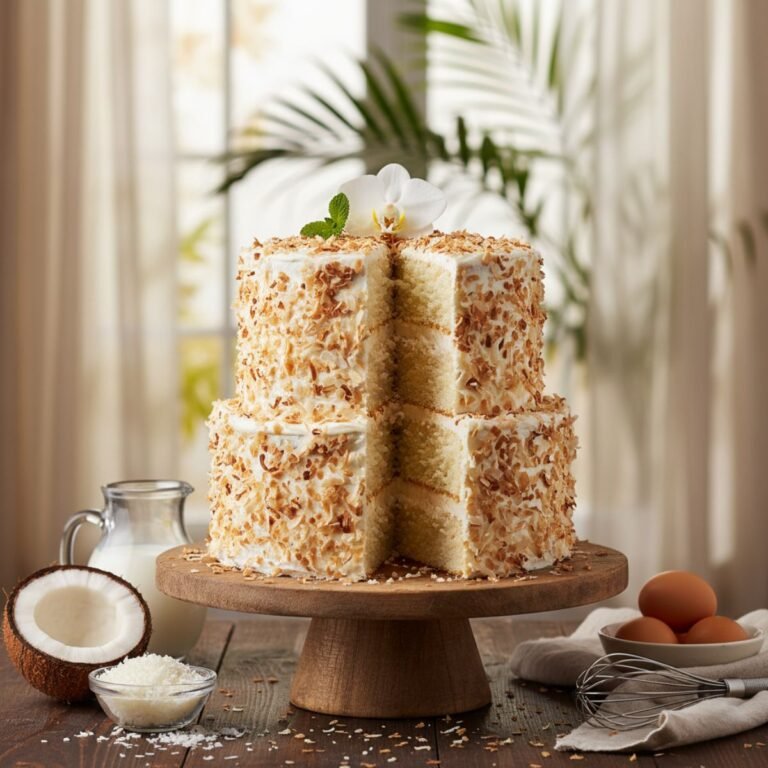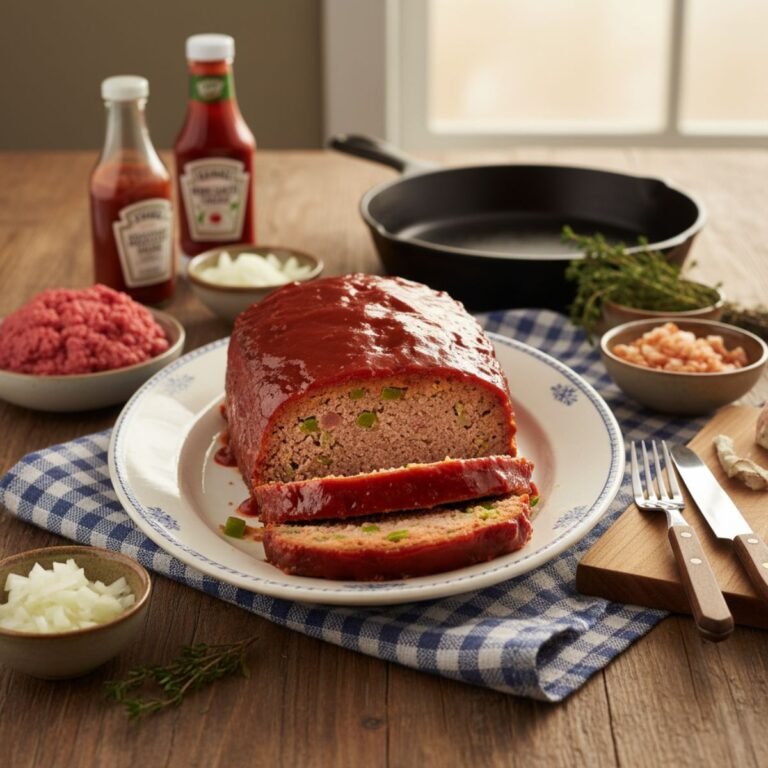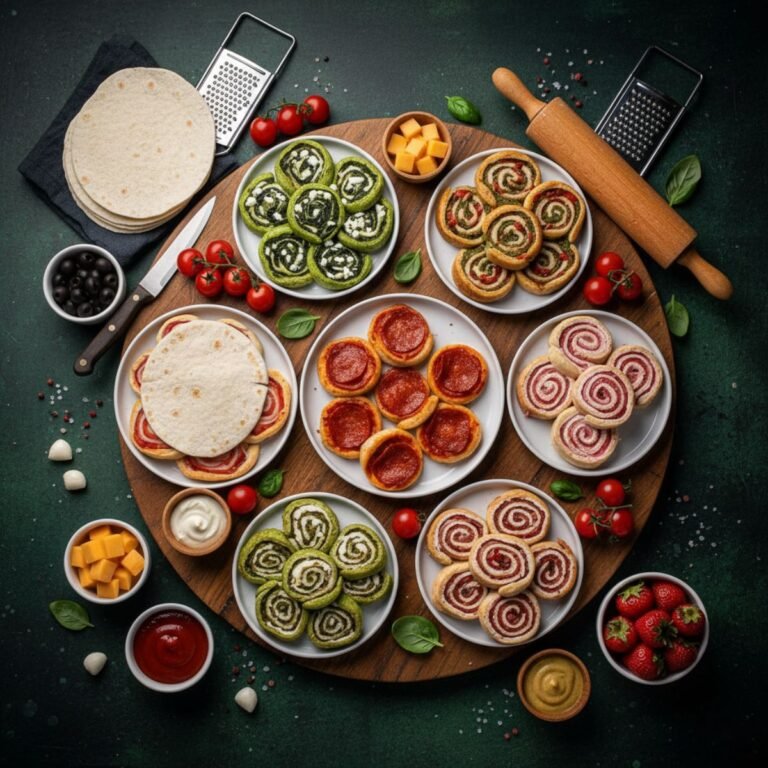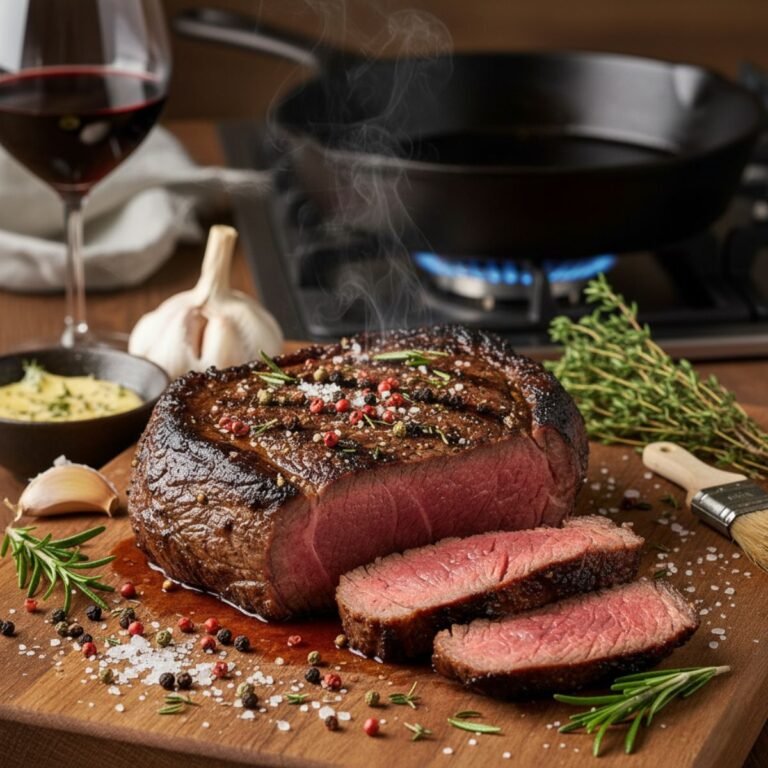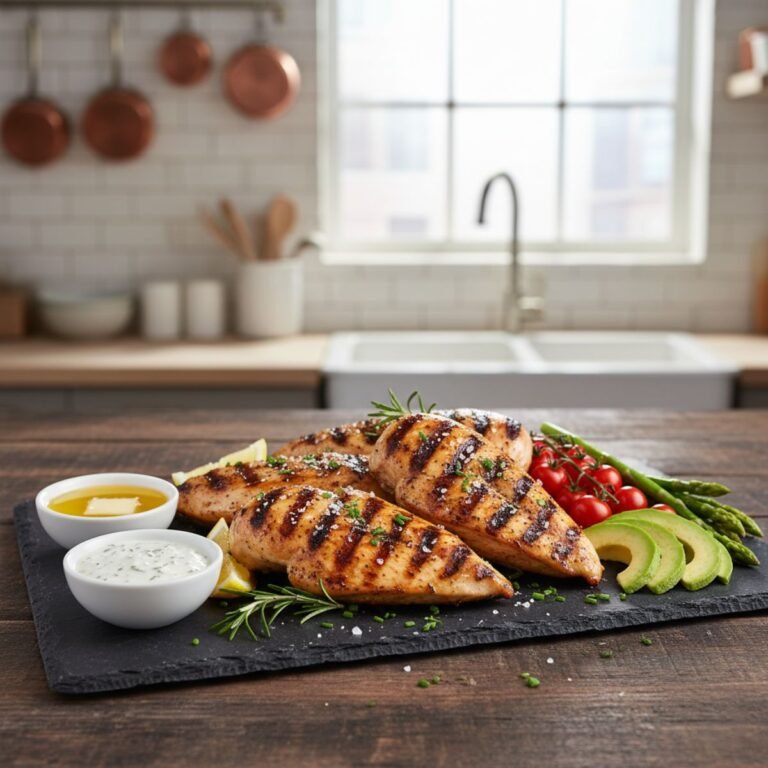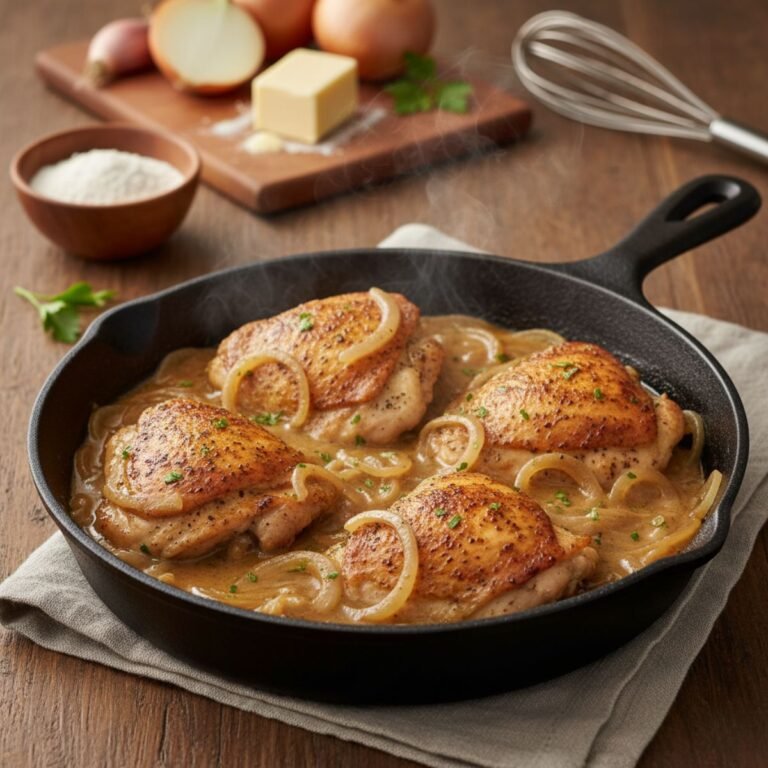If you’ve ever marveled at the airy, cloud-like topping on a lemon pie or the delicate crunch of a pavlova, you’ve already met the magic of meringue. This meringue recipe is your ultimate guide to mastering the art of whipping egg whites into glossy perfection. Whether you want to make a pie topping, cookies, or a show-stopping dessert, this recipe delivers consistent, bakery-quality results every time.
Meringue may look intimidating, but with the right technique, anyone can make it at home. Let’s dive into the ingredients, steps, and tips to make your meringue flawless.
Ingredients
- 4 large egg whites (room temperature)
- 1 cup granulated sugar
- ¼ teaspoon cream of tartar (or ½ teaspoon lemon juice)
- 1 teaspoon pure vanilla extract (optional)
- A pinch of salt
Step-by-Step Instructions
- Prepare your tools:
Ensure your mixing bowl and beaters are completely clean and grease-free. Any oil residue can prevent your egg whites from whipping properly. - Separate the eggs:
Carefully separate egg whites from yolks while cold. Place the whites in a clean bowl and let them come to room temperature (about 20 minutes). - Start beating the egg whites:
Using an electric mixer, beat the egg whites and cream of tartar on medium speed until soft peaks form. - Add the sugar gradually:
Slowly add sugar, one tablespoon at a time, beating well after each addition. This ensures the sugar dissolves completely and prevents grainy meringue. - Increase speed and whip to stiff peaks:
Once all the sugar is added, increase mixer speed to high. Beat until stiff, glossy peaks form — when the whisk is lifted, the peaks should stand straight without drooping. - Add vanilla (optional):
Beat in vanilla extract for flavor. - Use or bake your meringue:
- For baked meringue cookies, pipe or spoon onto parchment-lined baking sheets and bake at 225°F (110°C) for 1 hour. Turn off the oven and let them cool inside with the door slightly open.
- For pie topping, spread the meringue over hot pie filling and bake at 350°F (175°C) for 10–15 minutes until golden.
Nutrition Facts
| Nutrient | Amount per Serving |
| Calories | 95 kcal |
| Protein | 2 g |
| Carbs | 22 g |
| Fat | 0 g |
| Fiber | 0 g |
Tips & Variations
- Add flavor: Try almond, peppermint, or lemon extract for unique flavors.
- For stability: A small amount of cornstarch can help meringue hold its shape longer.
- Sugar options: Use superfine (caster) sugar for quicker dissolution and smoother texture.
- Make French, Swiss, or Italian meringue:
- French meringue – simplest, perfect for baking.
- Swiss meringue – gently heated for silky, stable texture (great for buttercream).
- Italian meringue – made with hot sugar syrup for extra stability and shine.
Serving Suggestions
This meringue recipe is incredibly versatile! Use it to:
- Top lemon meringue pie or key lime pie.
- Create meringue cookies for tea parties or holidays.
- Layer with whipped cream and berries for a pavlova.
- Pipe onto cupcakes or tarts for a stunning finish.
Serve immediately or store baked meringues in an airtight container for up to two weeks.
FAQs
1. Why isn’t my meringue stiffening?
Make sure your bowl and beaters are clean and dry. Even a small amount of yolk or grease can prevent stiff peaks.
2. Can I make meringue without cream of tartar?
Yes. Substitute lemon juice or white vinegar (½ teaspoon per 4 egg whites).
3. How do I store meringue?
Store baked meringues in an airtight container at room temperature. Avoid humidity, which can make them sticky.
4. Can I freeze meringue?
Yes! Baked meringue cookies freeze well for up to one month. Thaw at room temperature before serving.
Conclusion
Mastering this meringue recipe opens up endless dessert possibilities — from elegant pavlovas to classic pie toppings. With just a few ingredients and careful attention to technique, you can whip up this sweet, fluffy perfection every time. Light, crisp, and melt-in-your-mouth delicious, it’s a treat that never goes out of style.
